http://www.anthropology-news.org/index.php/2016/10/12/epic-2016-inclusiveness-in-ethnography/
National Association for the Practice of Anthropology
Vyjayanthi Vadrevu
As a first time attendee at the 2016 EPIC conference, I was thrilled to find a community I could call home. Conference chair, William O. Beeman kicked off the conference with a musical introduction and Karen Ho concluded with a keynote address on her Wall Street ethnography. EPIC conference attendees included academics from the social sciences (predominantly anthropology) and humanities, as well as professionals versed in design thinking, agile business processes and more. These attendees practice in industries from architecture to tech. While the EPIC community agreed on the conference theme—Pathmaking: emphasizing the power of ethnography and business in combination to create transformative innovation and growth for companies and communities— I was left with the question: What does inclusion in ethnographic practice mean and what are the limitations to including new frameworks within its parameters?
Each day of the conference featured Pecha Kucha sessions (a presentation format of 20 images, shown for 20 seconds each, combined with a narrative). One such session was themed “Frames of Thinking,” and I was particularly intrigued by Deepa Butoliya’s presentation, where she introduced the Indian practice of Jugaad (Hindi): the re-engineering of a device or organization which bypasses traditional systems in order to achieve a particular end goal, given the constraints of existing means. The closest term we have to it is hacking. An example given of Jugaad was a low-income father catering to his children’s request for a flat screen TV by carving a hole in the wall and inserting their unwieldy TV into this hole, securing it with cement. This created the appearance of a flat screen, within the financial means of the family, and allowed a similar TV experience as their wealthier counterparts.
As I wondered why this talk resonated with me so deeply, I realized it was because Jugaad can be used as a framework to look at the practice of ethnography. The deconstruction of Jugaad into its three elements—frugal, flexible and inclusive—works mostly in the context of ethnographic practice. As ethnographers, we are frugal (in that we require little to no instruments to collect and analyze our data), flexible (to be reflexive, holistic, and context-based requires utmost flexibility), but are we truly inclusive?
When it comes to the ethos of Jugaad in ethnography—as a work around or hack for conventional methods of understanding consumers, products, sustainable innovation—I feel it works well. The spirit of Jugaad and hacking involves bypassing existing systems, using knowledge acquired from the masses and weaving together eclectic resources, all in order to create more accessible solutions. In the same way, ethnography weaves together a wide-range of viewpoints from a multitude of voices from the field, in order to provide solutions that are more “user-friendly” or “sustainable” for the consumers and beneficiaries of a company or organization. In the presentation “Applying Theory to Applied Ethnography”, Red Associates provided a hack for using complex academic theory. They call this approach “Low Fidelity” and define it as selectively drawing upon aspects of a theory as modes of engaging with the world. This approach cultivates the understanding that theories are not all-encompassing nor fully developed, and allows the researcher to blend their interpretation of data with an existing theory. This approach also highlights the economical nature of ethnography, and flexibility to dip in and out of theory.
This same example illustrates how we can see inclusiveness in ethnographic practice as well. With the “Low Fidelity” theory-blending approach, the ethnographic practice becomes inclusive of novel interpretation and synthesis techniques developed by the researcher, and allows for these techniques to co-exist and mingle with established theoretical frameworks. Ethnography practice is also inclusive of standard business practices; an adaptation which is required for ethnography to be trusted by non-ethnographers in the non-academic world. While some corporations have embraced ethnography, there are still myths of ethnography being overly time-consuming and theoretical. Ethnography’s adaptability allows for incorporation of business norms, such as translation of field notes into event marketing strategies and feature lists for software devices.
However, ethnographic practice should not always be “all”-inclusive. Shaheen Amirebrahimi expressed such perspective in his presentation, arguing for ethnography to “divorce UX”. UX is a research technique used in many technology companies as a part of the product design process, consisting in examining the consumer’s interactions with existing and new technologies. Amirebrahimi claimed that UX “sterilizes the world to an oversimplified binary reduced to how people use products and how often they buy them,” and that in response to the “ux-ificition” of ethnography (a term used by Thomas Cook), we should “re-inject politics and emotion and messiness back into design.”
There is no doubt that ethnography contains the first two elements of Jugaad; frugality in terms of instruments required for practice (the ethnographer is the collector and the synthesizer), and flexibility, in its ability to be used across industries (due the ethnographer being reflexive and holistic). There is also no doubt that ethnography embodies the soul of Jugaad—the spirit of “hacking” or re-engineering the method of discovery in business in order to get truer, more holistic information that ultimately shapes a more utilizable solution. In this sense, we can conclude that ethnographic practice is also inclusive. The only methods that ethnography excludes are those that excessively simplify social reality, creating “ux-ified” versions of ethnographic practice. If these too were included, ethnography would cease to exist in its holistic form, and thus, lose the ability to extract profound meaning and provide perspicacious strategy.
Vyjayanthi Vadrevu is an independent ethnographer and consultant (www.rasa.nyc).
To submit contributions to NAPA Section News, please contact contributing editor Alice Larotonda (Alice_Larotonda@brown.edu).
